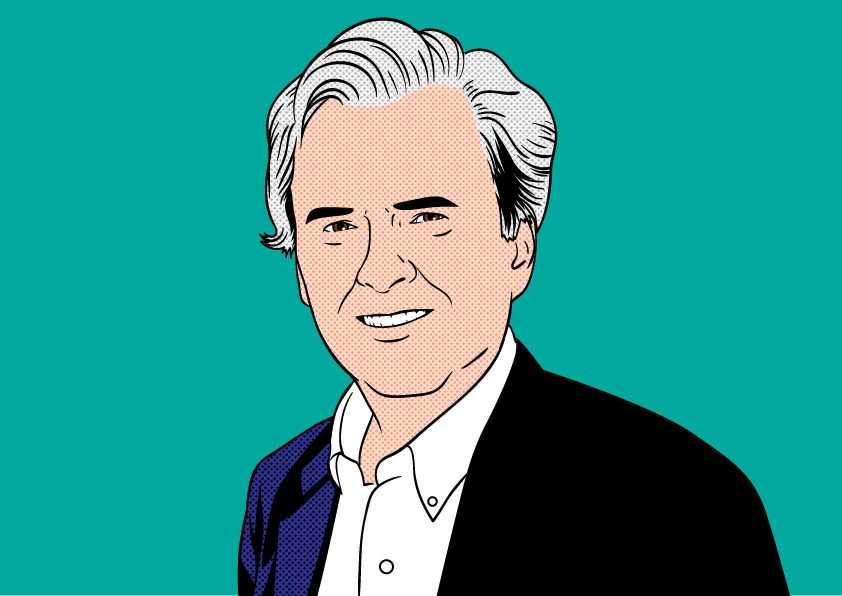Amex Plat: To Renew or Not?

By Robert McGarvey
$550 – that’s the annual fee for the Amex Platinum card and for some years I have readily paid it, plus $175 for a card for my wife, but this year I find myself asking, is it worth it?
The trigger is of course that the Centurion clubs – for me the prime attraction of the card (and before Centurion there was the rather broad access to carrier clubs) – are closed. Indefinitely. And definitely need a revamp when they do open and that throws into question the frequently tasty (and free!) buffet tables. There have also been capacity issues so how does Amex change access to make clubs less crowded (and thus safer) when too many want access to begin with? Certainly the clubs will reopen but as what? With what rules? Nobody knows.
Besides, with business related travel now as sparse as it was in late 2001, I don’t much need the clubs anyway.
Also now lying unused in my hands is a $200 annual credit ($15/month plus a kicker in December) for Uber which I have personally used infrequently but often I gifted free rides to relatives and friends which made me seem a generous hero at no cost. But I have not summoned an Uber in two months and don’t anticipate doing so soon.
So do I renew the Platinum card or not?
You may face the same question. Particularly if you too have been a Centurion junkie.
As it happens, recently a friend who wants anonymity hit exactly the same moment of questioning. Listen to his story: “In early April, my annual fee was due. I called and asked what they could do. Basically, I was looking for something like a $50 statement credit or something, just an acknowledgement that they are getting $550 from me and there probably would be nothing interesting for me. She said, ‘we got nothing, but we’ll defer your monthly fee for a month.’ I asked why that mattered. She said: You never know. I said fine.
“Fast forward to last week. Now the fee is due….So I call to cancel, knowing I’ll immediately be sent to the ‘retention specialist’ (AKA ‘saver’).”
And then what: “No counter offer. So I closed the card. First time in 35 years or so without a Platinum. First time since 1997 no Priority Pass.
“But the reality is Amex’s response here is irrational. They made me angry.”
Will I do likewise?
I go to the Amex website and what jumps out at me are two new benefits: a $20 monthly credit against a wireless bill (T-Mobile qualifies and I already have two lines there), also a $20 streaming video credit that I decide to apply to a new YouTube.TV account but could just as well use to pay my Netflix bill (which I realize I’d been paying via PayPal, don’t ask why).
Bingo, that’s about $280 in credits through the rest of the year. There’s no guarantee the credits will be offered in 2021, but I imagine about the time the credits lapse the Centurion clubs will be open again and there will be renewed need for Uber in my universe.
There’s also a new $200 travel credit that’s on top of the annual $200 credit against airline fees (for baggage check, booze inflight, a sandwich, etc). This new credit applies to purchases made on the Amex Travel Portal.
There also is elite status in the Hilton and Marriott BonVoy programs and I have activated both.
And I also discovered the card offers a $100 annual credit against purchases at Saks and that’s free money. I had not known about this perk until I poked around the card site. Do likewise and you may find neglected perks too.
Bottomline: I will renew.
Who’s right, me or my old pal?
We both are of course. Different people, different circumstances, different decisions.
The bigger point is that nowadays we all need to be assessing just about every fee- does it make sense? Should I do without? In a deep recession, with no end in sight, it only makes sense to monitor outgo.
And don’t be shy about threatening to cancel. Sure, my pal got bupkis but on a different day, with a different vendor, there might be different results. When I called T-Mo to drop one of my phone lines, the rep informed me that I am eligible for a special senior rate that basically provides two lines for the price of one. So I kept both lines but halved the rate just by asking.
When we called to cancel Cox cable, however, we were offered nothing meaningful – and cancel we did.
And maybe next year I too will cancel the Plat card. Times may change.
Are you assessing your renewals? Just do it. Something good very well may result.